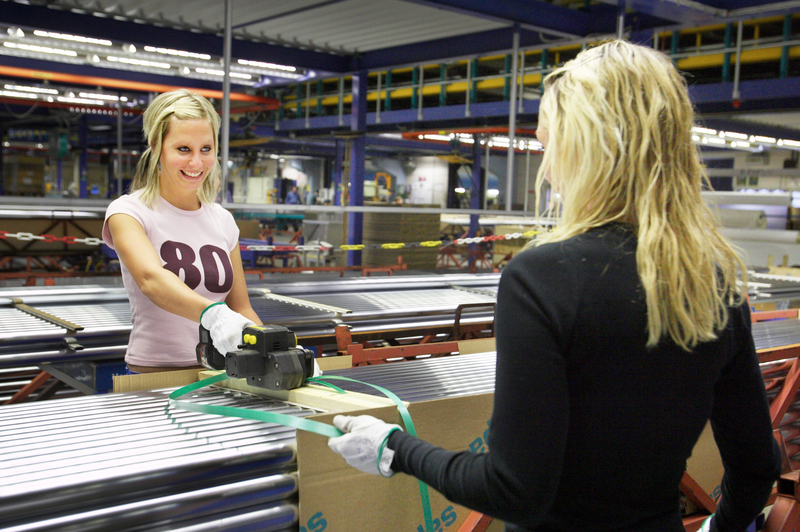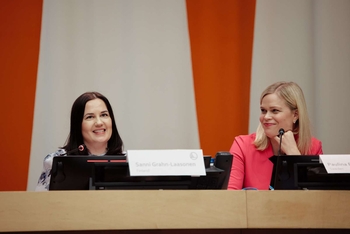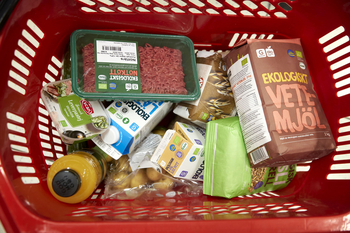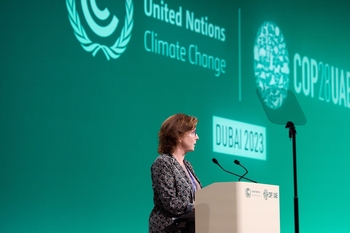Swan Ecolabel to promote circular economy

This comes out in the report "Circular Economy and the Nordic Swan Ecolabel”.
"The Swan Ecolabel is a very well-known label in the Nordic Countries and respected by consumers. It is an existing tool that could be used to direct consumption, in addition to product development and production, in the desired direction. Consequently, it is suitable for the promotion of a circular economy", says Johanna Suikkanen, a researcher at the Finnish Environment Institute.
According to Suikkanen, the research shows that the criteria already include requirements for durability, the use of recycled material, and recycling. When updating the criteria, circular economy principles could be taken into consideration even more through tougher requirements on durability and other requirements that extend the product's service life, such as warranties, reparability, availability of spare parts, and the recyclability of the materials and components, as well as possibilities for reuse.
The project also examines what new information the EU's environmental footprint method could make available to the Swan Ecolabel, thus strengthening the competitive edge for environmentally friendly products. The European Commission is currently developing a method for measuring the lifecycle environmental impact of products, and for improving comparability.
The environmental footprint, which is now under development, gives information on features linked with the products, such as carbon dioxide emissions, water consumption, impact on the ozone layer and eutrophication. Its aim is to combine different types of environmental effects and footprints into one evaluation.
"The task is not an easy one. A product could simultaneously use materials efficiently, and have relatively small impacts on the eutrophication of surface, but poor in its climate impact. It would then depend on the weight given to different environmental impacts on how good an environmental footprint a product would get. The multidimensional character of environmental impacts is a challenge both for environmental labels and for related communication ", Suikkanen says.
The project “Nordic Swan Ecolabel, circular economy, and product environmental footprint” will continue through the end of 2018. In addition to the studies, the project seeks to provide the Nordic Council of Ministers and the European Commission with recommendations on how the new product environmental footprint and the Swan Ecolabel together can advance the environmental friendliness of products.
Read the report here:
Projekct page



